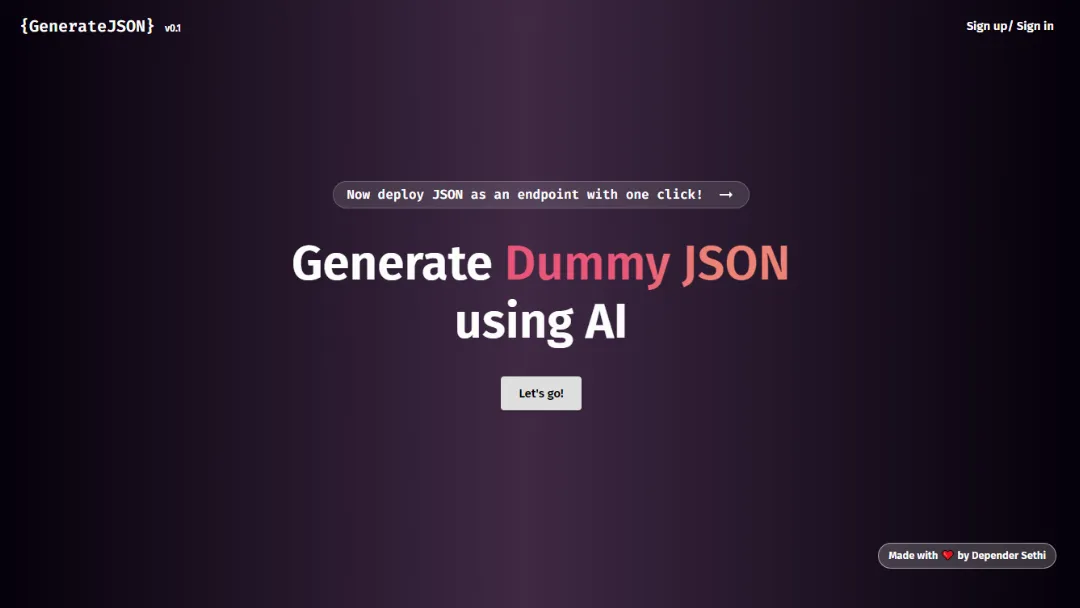
What is Generate JSON?
Try Generate JSON
Generate JSON is a web application that utilizes artificial intelligence to simplify the process of generating dummy JSON data. It provides a user-friendly interface to quickly create sample JSON data for testing, prototyping, and development purposes.
Published on Jan. 26, 2024
Related Products
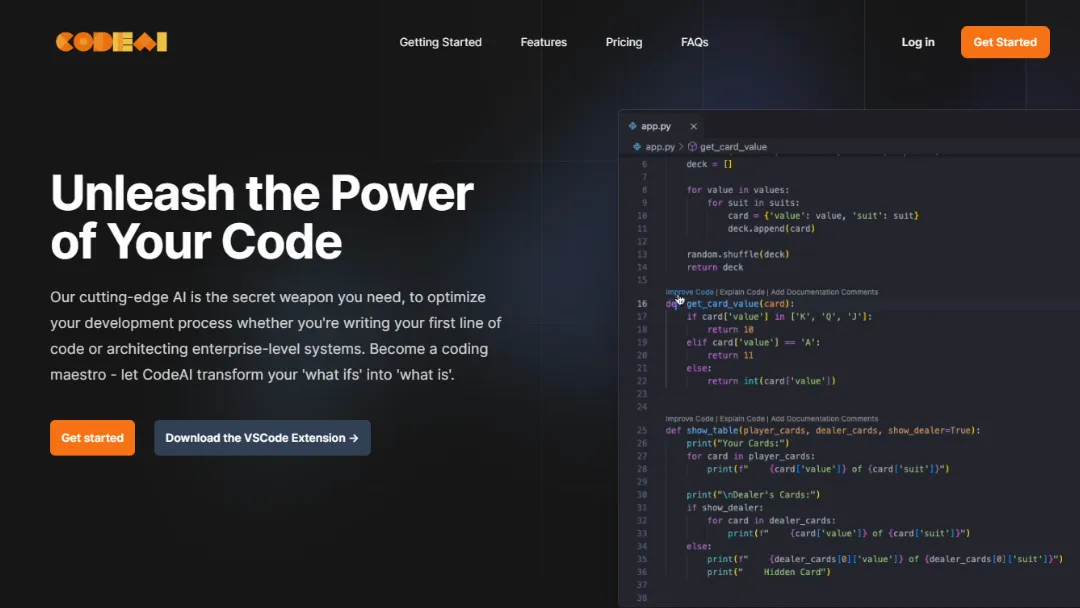
C
CodeAI
Unleash the power of your code.
AI
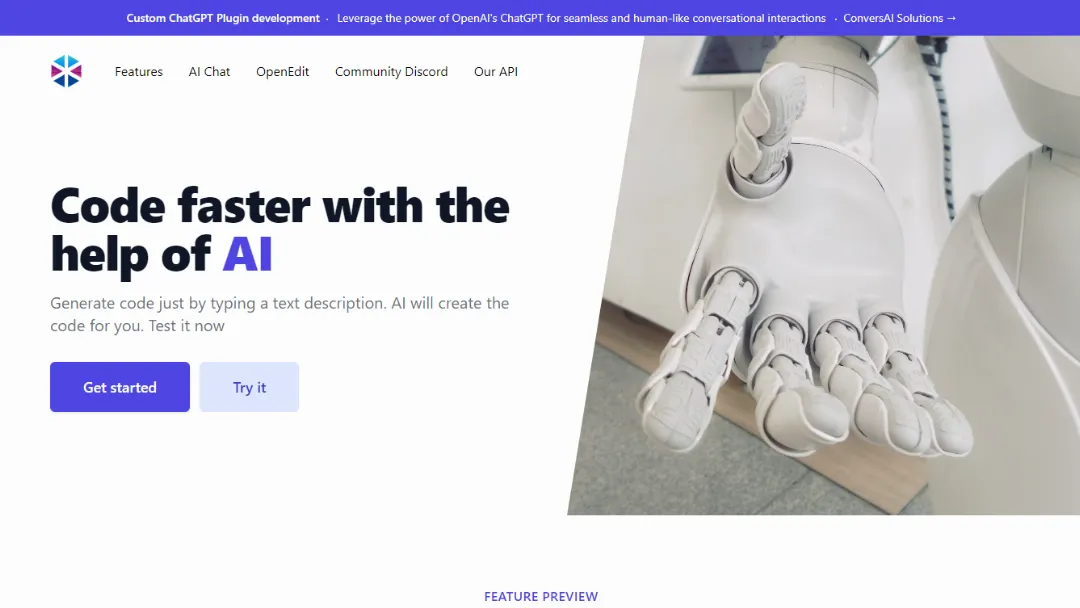
Programming Helper
Code faster with the help of AI.
Developer
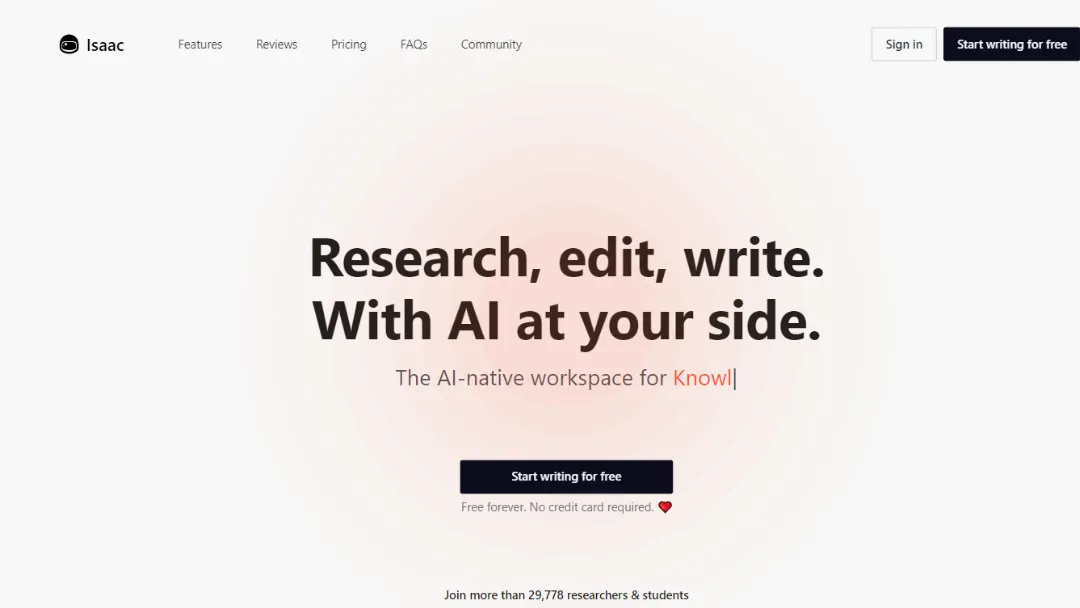
Isaac Editor
Code and collaborate effortlessly.
Coding
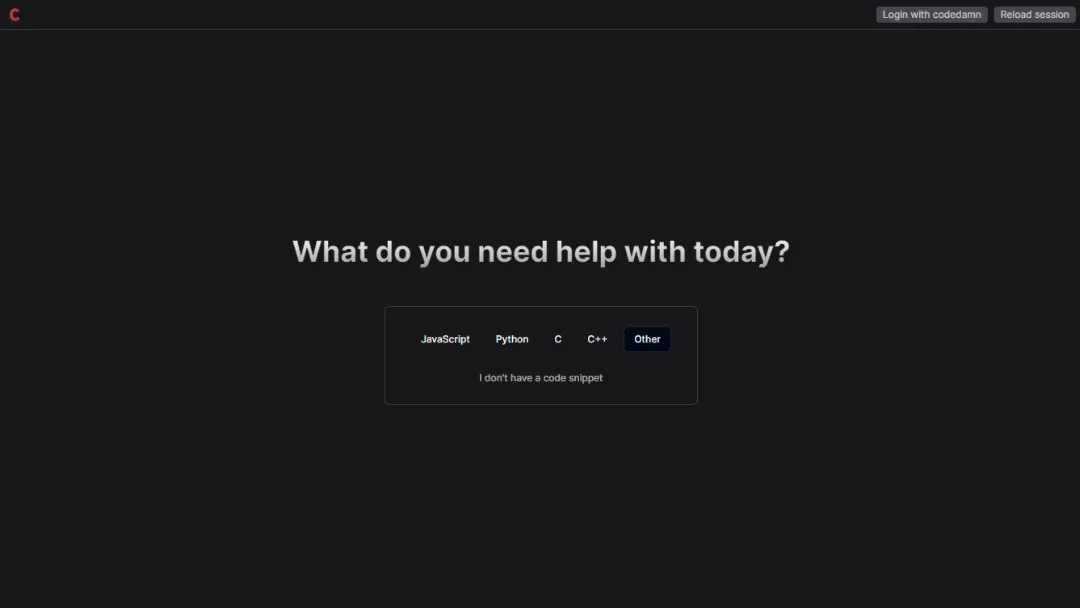
Codedamn
Debug coding problems with AI and solve programming doubts.
AI
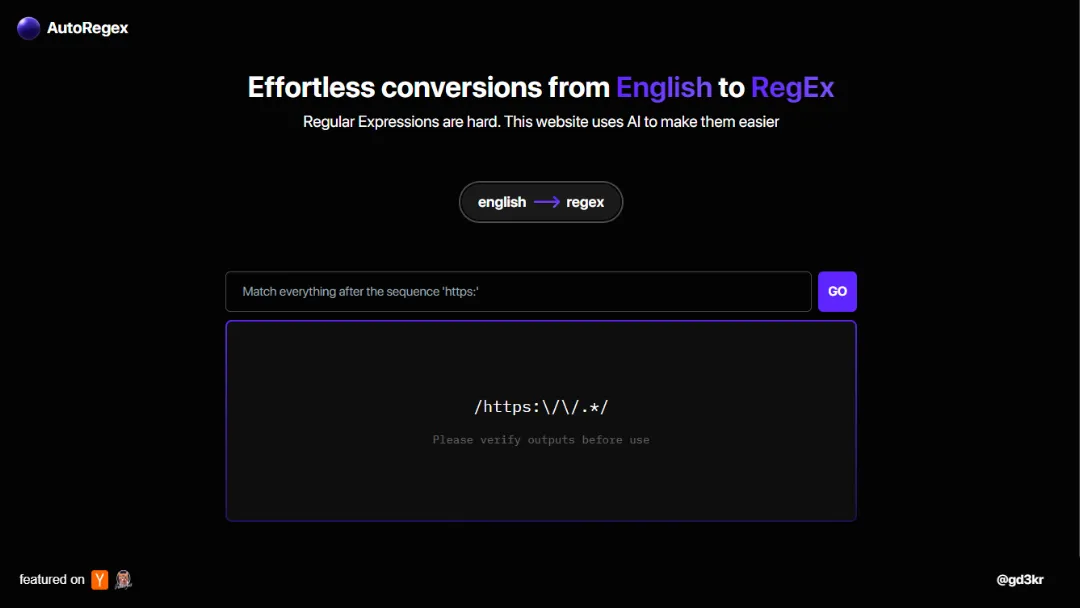
AutoRegex
Simplify regex pattern creation with AutoRegex.
Developer
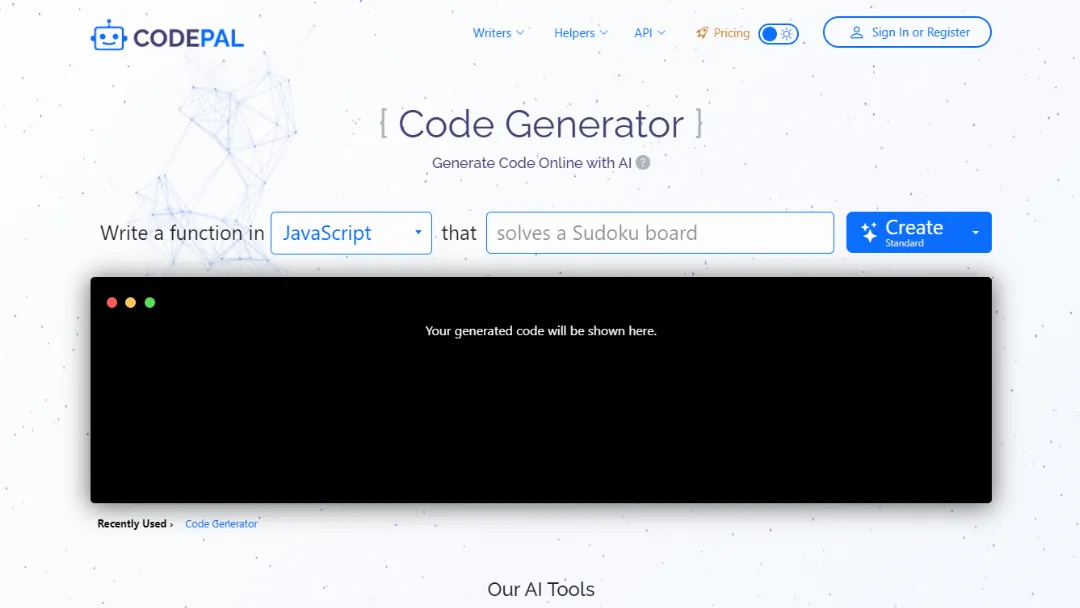
CodePal
Your ultimate coding companion.
Coding


